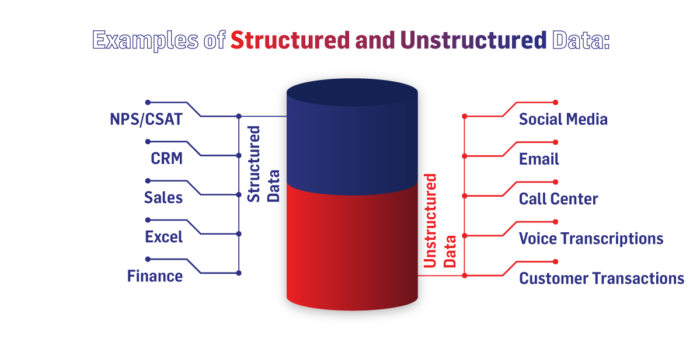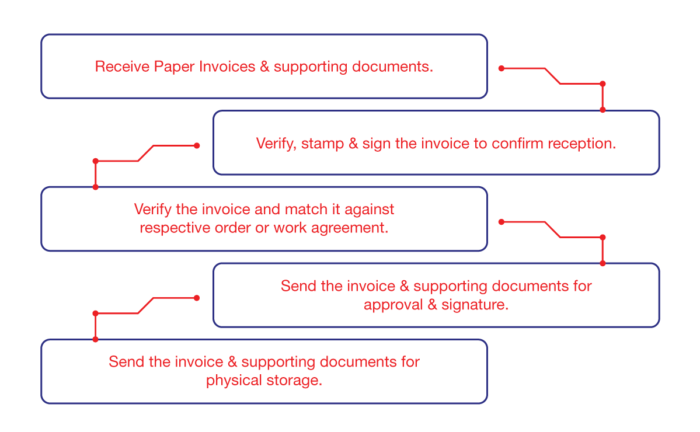
What about BPA? Do you know what Business Process Automation is?
- Published On:January 3, 2024
- Published In: Knowledge Center
Welcome to ‘Part 2’ of our Intelligent Automation blog series. If you haven’t read ‘Part 1’ yet, please click here.
As promised in Part 1, we will dive deep into each pillar of Intelligent Automation (IA). Staying consistent with the logical and historical development of automation, we will start by exploring Business Process Automation (BPA) first and then moving onto the other 2 pillars of IA: Robotic Process Automation (RPA) and Artificial Intelligence (AI) in our upcoming blog articles.
Recalling the definition of Techopedia for Business Process Automation (BPA): “it is the process of managing information, data and processes to reduce costs, resources and investment.” BPA increases productivity by automating key business processes through computing technology.
BPA aims to streamline data-driven processes by using technology to route information to the right person at the right time for decision making and taking actions. BPA helps organization to attain numerous benefits like:
- Improve operational efficiency
- Save time and efforts
- Improve customer experience
- Minimize human involvement in menial tasks and support knowledge workers
- Ensure the application of best practices and create real time transparency
- Create an improved culture for collaboration and innovation
The point of BPA is to accelerate how work gets done through a variety of software tools under an integral architecture. These tools cover the main elements of BPA in order to ensure an effectual process automation. The main 2 elements of BPA are:
- Data
- Business Rules & Logic
1) Data: is an important asset to any organization. Industry experts have been raising awareness on the importance of data through many publications that talk about “Data Economy” and that “Data is the new oil”. Essentially, there are 2 types of Data, Structured Data and Unstructured Data. According to Datamation, “structured data is comprised of clearly defined data types whose pattern makes them easily searchable; while unstructured data – “everything else” – is comprised of data that is usually not as easily searchable, including formats like audio, video, and social media postings.”

i) We can think of Structured Data (also called Quantitative Data) as any data that comes in a pre-defined format and straightforward to analyze like dates, phone numbers, point of sale data, and weblog statistics which conforms to a tabular format like excel files, SQL databases.
ii) On the other hand, Unstructured Data (or Qualitative Data) does not follow a pre-defined model and not organized in any certain manner. Unstructured data like documents, emails, newsletters, reviews and social media may include texts, numbers, and dates but with irregularities that make it difficult to analyze and to make sense of it.
2) Business Rules & Logic: Business rules can be described as the instructions and constraints which create policies to control the behavior of the business. Business logic is the action steps to transform policies into processes to enable the business achieve its goals.
A successful BPA solution must offer a platform to manage content and extract useful data from several sources in a variety of formats (physical and digital documents, emails and fax), then to route it around business via an automated workflow for relevant actions as part of a process. In addition, to empower decision makers by delivering dashboards and reports that give a visual representation of live data. Such holistic BPA solution can form an effective correlation between data (structured and unstructured) and business rules and logic to allow businesses to centralize their work processes and improve operations and customer experience.

Organizations realize the value of BPA, however getting started with the automation journey can be challenging. The points below can help to succeed in automation:
- Have a good insight on the business activities, their frequencies, and responsibility.
- Set business main goals and priorities.
- Identify the right processes for automation. Start with processes which are repetitive, time consuming, and has high business value.
- Select the right automation tool.
- Create a backup plan. It’s always better to have a plan B.
In most cases, there are situations where the process has to be improved to automate it in the best way possible. Process improvement can include merging steps to simplify the process, removing redundant steps, standardizing the process, and forming an outline for continuous improvement.
While every industry has different business needs, BPA can help any industry to benefit from the automation of as many manual processes as possible. Let’s zoom in on a common use case of ‘Accounts Payable’.
Accounts payable (AP) process is one of the most critical processes in a business. AP is the processing of payments owed by the business. In a manual AP process, the company receives paper-based invoices and routes it manually for actions and approvals to ensure that these invoices are legitimate and accurate for processing the payment.
Normally, the traditional AP process consists of the following manual activities:

The manual AP process completely relies on the physical movement of invoices and supporting documents and produces many challenges such as:
- Long processing time and slow responsiveness which leads to delays in payments.
- Lack of ability to store, manage and track documents and information.
- Manual data entry and increased possibility of human errors.
- Inability to have real-time visibility on payment status and to share information with decision makers or suppliers.
- Exposure to fraudulent information.
With BPA, the AP process activities can be optimized and reduced to be as follows:

A sound end-to-end solution can streamline the AP process by providing a channel to receive digital copies of the invoices, capture data from the received invoices and documents by using an Optical Character Recognition (OCR) tool, automatically verify the information and validate it against the respective PO or agreement, and then route it via a smart workflow for automatic payment with the ability to digitally stamp or sign the invoices.
BPA can help organizations overcome the struggle with delayed payments and frustrated suppliers, and to achieve many benefits. Benefits include:
- Elimination of manual data entry, invoice duplicates and human errors.
- Digital storing of documents which can be easily managed and tracked.
- Real time visibility into valuable information, process metrics and tasks statuses.
- Streamlined approval processes with less turnaround time.
- Reduced costs of printing and physical storage.
- Possibility of early-pay discounts and optimized cash flow.
- Increased process control and easily compliant to regulations.
If you are looking for Intelligent Automation guidance, start your transformation today with Aspire as your Trusted Partner.
In the next blog, we will talk about the rise of Robotic Process Automation (RPA) and how it has changed the way we work. Don’t miss it.
Written by: Mohammad Keswani, Manager of RPA Solutions



